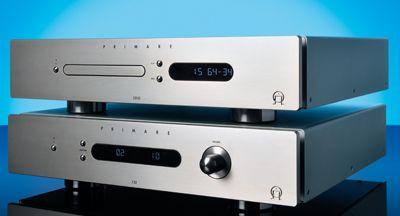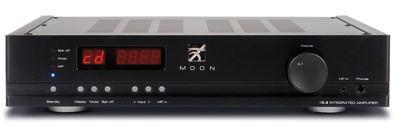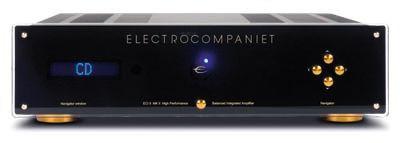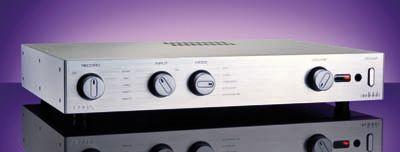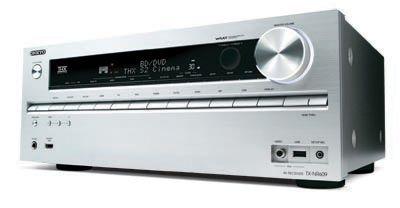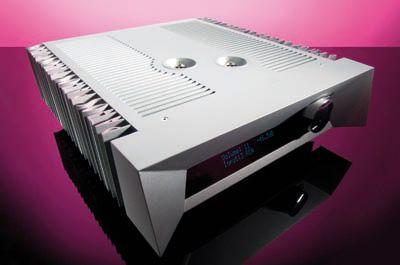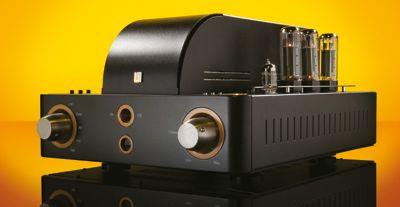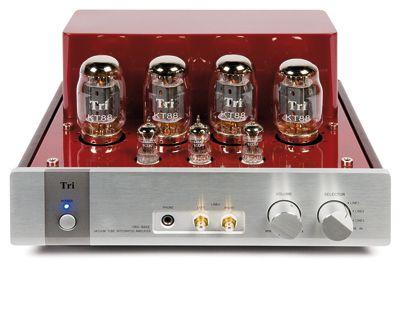Integrated Amplifiers
Sort By: Post Date TitlePublish Date
Pages
CURRENT ISSUE
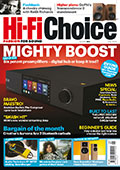 |
Inside this month's issue: Neat Acoustic Mystique Classic floor standing loudspeaker, Austrian Audio The Composer headphone, T+A PSD 3100HV network-attached DAC/preamp, Audio-Technica AT-SB727 Soundburger portable turntable, a preamplifier Group Test and much, much more...
|



